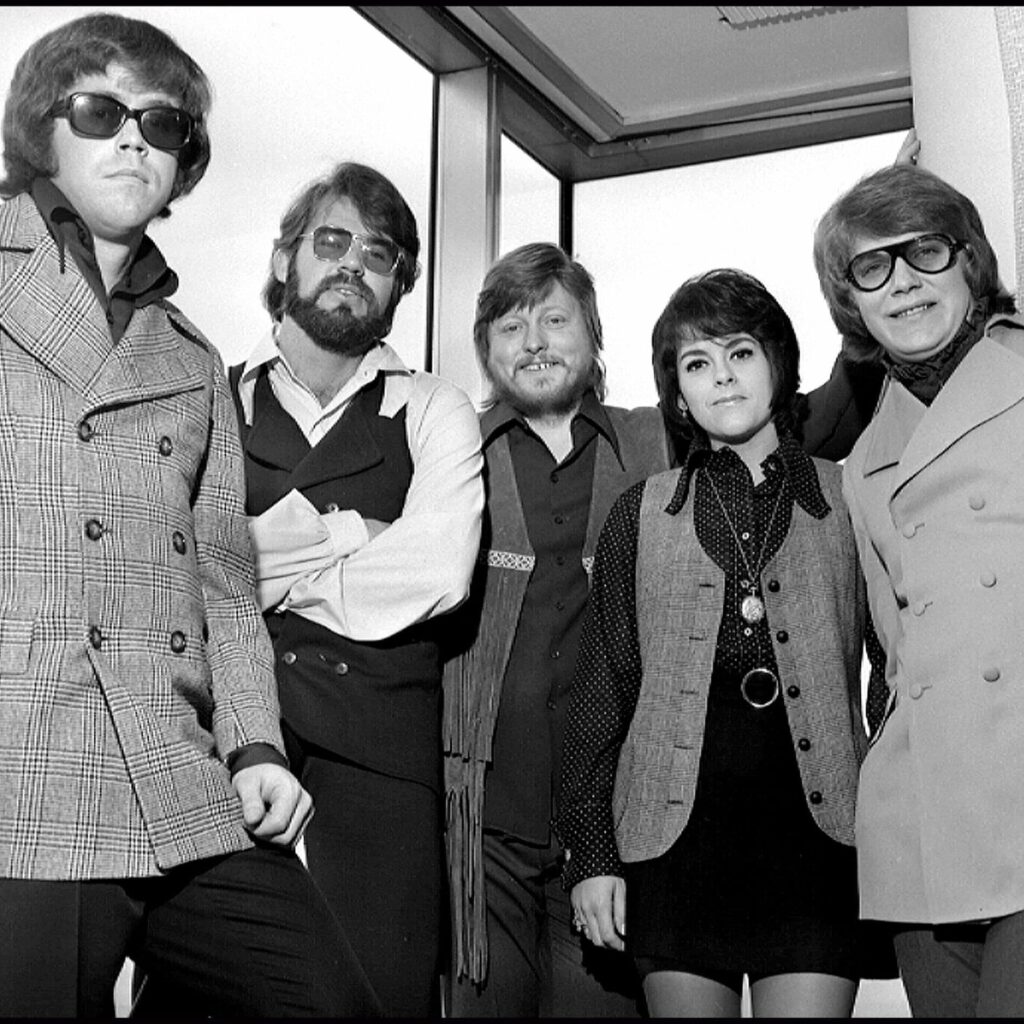
A Soldier’s Heartbreak Begs for Love to Stay Amid War’s Cruel Shadow
When Kenny Rogers & The First Edition released “Ruby, Don’t Take Your Love to Town” in June 1969, it carved its way to number 6 on the Billboard Hot 100 and hit number 2 on the Hot Country Singles chart, a haunting crossover that lingered like smoke over a battlefield. Dropped as a single from their album Ruby, Don’t Take Your Love to Town on Reprise Records, it sold over a million copies, earning gold status and cementing Kenny Rogers as a voice that could pierce the late ‘60s haze. For those of us who turned the dial on an old Zenith radio or dropped a quarter in a diner jukebox, it was a song that stopped us cold—a story too real, too raw. Here in 2025, with the years piled high, that lonesome melody still drifts through, stirring the dust of a time when Vietnam’s shadow loomed large and love felt like a lifeline.
The tale behind “Ruby” is as gripping as its chords. Written by Mel Tillis in 1966, it was inspired by a true story he’d heard—a wounded soldier, back from war, watching his wife slip away to another man while he lay helpless. Tillis first gave it to Waylon Jennings, whose version flopped, but when Kenny Rogers, then fronting the psychedelic-tinged The First Edition, took it up, everything changed. Recorded in a single take at LA’s Wally Heider Studios, with Glen Campbell on guitar and The Wrecking Crew laying down the mournful groove, it was a gut punch softened by Rogers’ gravelly warmth. Released as the Vietnam War raged—protests in the streets, draft cards burning—it hit a nerve, a soldier’s plea refracted through a nation’s wounds. Rogers later said it was the song that made him believe he could sing anything and make it his own.
The meaning of “Ruby, Don’t Take Your Love to Town” is a quiet tragedy—it’s a crippled vet’s desperate cry to his restless wife, knowing he’s lost her but clinging to what’s left. “It’s hard to love a man whose legs are bent and paralyzed,” Kenny sings, his voice trembling with resignation, while Ruby primps to “paint up your lips and dress and go to town.” For those of us who heard it back then, it wasn’t just a story—it was every telegram dreaded, every uniform folded, every porch light left on. The twang of the guitar, the steady beat, it’s the sound of a heart breaking in slow motion, a man facing the enemy within his own home. It’s not anger but sorrow, a love song turned inside out by war’s cruel hand.
Kenny Rogers & The First Edition were a bridge between folk, rock, and country, and “Ruby” was their breakout—Rogers’ first big hit before his solo stardom with “The Gambler”. It topped charts in the UK too, at number 2, and became a staple on variety shows like The Ed Sullivan Show. I remember it spilling from car radios on summer nights, the way it hushed a room, the way we’d whisper about friends who didn’t come back. For older souls now, it’s a faded photograph—ponytails and protest signs, letters from the front, the ache of a world we couldn’t fix. Kenny gave us a window into that pain, and all these decades later, “Ruby” still holds us close, a reminder of love’s fragile fight against time and tide.